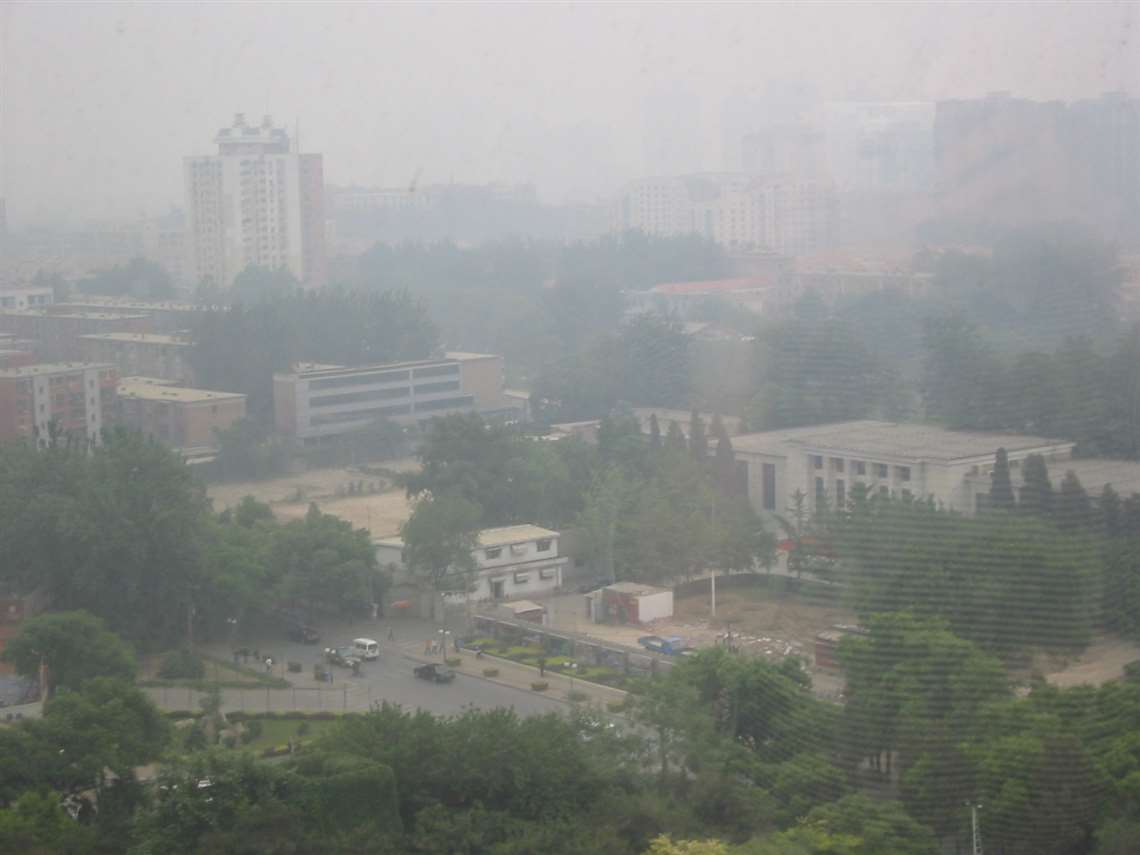China NRMM Tier 4 Update
05 October 2020

The following update on China NRMM Tier 4 emissions regulations in China is from Dr. Reggie Zahn, an independent emissions regulation and technology consultant. Dr. Zahn is currently a distinguished professor at Shanghai Jiao Tong University in Shanghai, China and also operates Emissions Consulting Service, LLC in Texas.
This updated regulation will be coded as HJ1014-2020, which supplements GB20891-2014. Revising a national standard (GB) takes significant effort to push through the review and approval process, therefore, it’s more convenient to issue a “HJ” standard as authorized by the Ministry of Ecology and Environment (MEE).
The NRMM Tier 4 will likely be implemented on December 1, 2022 for engines with rated powers <560 kW, and for engines with a rated power >560 kW, the implementation date will be December 1, 2023.
The major change is that machinery manufacturers will take full responsibilities in emissions compliance, which is consistent with China VI HD engine-vehicle regulation. Such a revision avoids taking an engine from an in-use machinery for emissions compliance testing, which is a difficult job for modern OBD engines. PEMS based testing and OBD check will be the primary in-use tools for compliance enforcement, therefore, machinery manufacturers need to pay extra attention to avoid potential loss down the road. For example.
OEMs And Engine Suppliers
You need to have very specific terms of emissions compliance responsibility in your commercial contract with your engine supplier. The authority will not test in-use engine anymore.
In your commercial contract with your engine supplier, you need to define the telematics communication interface. It seems cost-effective for the engine manufacturer to handle the telematics.
You need to make sure that the ECU has sufficient RAM to store at least 7-day operating data, in case connections of telematics fail to establish during real world operation.
You will need to define two machinery IDs, one is a 24-bit environmental information disclosure number (EIDN), and the other is a 17-bit machinery pollution control ID.
For COP and in-use testing, the regulation has a few options, and you need to make sure fully understand (and take advantage of) them. For example, you can have up to five hours break-in before a machinery COP test is conducted. This offers a good opportunity to load soot on the DPF to boost PM/PN filtration efficiencies. Loading soot on DPF is tricking, plus you certainly don’t want to trigger an active regeneration.
Loopholes?
This draft version certainly has a few loopholes. For example, the authority intends to add GHG limits for future NRMM regulations, however for a few tables, CO2/N2O/CH4 are not included. Such data are crucial for future regulation development.
For DF testing, the test cycle requires more elaboration. NRTC? NRSC? Is “fuel consumption equivalence” rule applicable? How about accelerated DF cycle over a customer cycle? I generally prefer engine manufacturers to come up with their own DF cycles from real-world operating conditions (statistical analysis is required to justify the cycle), and the regulation needs to establish a protocol to accept/deny such customer cycles, not just based on “case-by-case” judgement, for which a good customer cycle may be denied by inexperienced officers.
* * *
Dr. Reggie Zahn previously he spent nearly 15 years at Southwest Research Institute in San Antonio, Texas. and at Ford Motor Co. as a technical specialist in Ford Research Laboratories and Program Manager at Ford Asia Pacific, focusing on emissions control and alternative fuel technologies. He began his career at SINOPEC (China PetroChemical Corporation) in Beijing.
He serves as a technical and regulatory adviser to a number of government and industry organizations in automotive emissions control technology and regulation development in China.
His current focuses include the development of next generation emissions regulations in China, including China VI (HD), China / Beijing 6 (LD), Off-road Tier 4 and beyond, Marine Stage I and II.
He also works closely with the regulatory agencies in developing technical procedures for emissions certification, conformity of production and in-use compliance, as well as with industry organizations (OEMs and suppliers) to meet the emissions regulations.
Emissions Consulting Service provides engine certification services for OEMs to meet specific regulations. Work scope includes emissions certification and DF test plan development, interacting with the authorities and laboratories, reporting, etc.
To contact Dr. Zahn:
[email protected] or on LinkedIn at https://www.linkedin.com/in/reggie-zhan-003a974b/.
STAY CONNECTED




Receive the information you need when you need it through our world-leading magazines, newsletters and daily briefings.
POWER SOURCING GUIDE
The trusted reference and buyer’s guide for 83 years
The original “desktop search engine,” guiding nearly 10,000 users in more than 90 countries it is the primary reference for specifications and details on all the components that go into engine systems.
Visit Now
CONNECT WITH THE TEAM









